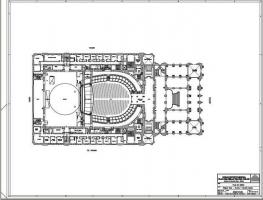Gothic art: characteristics and main works
Gothic art is a fascinating style because it unites art and a new theology that emerged in Europe around the year 1100.
Some historians of the Enlightenment saw this style as an expression of an obscurantist age, but Gothic art was a light aesthetics above all things. In him theocentric humanism was manifested, which gave way to Renaissance anthropocentrism.
The Gothic had its beginning in the late Middle Ages, in France, from where it spread to the rest of Europe. Each country, however, incorporated elements of its culture and thus in each one acquired particular characteristics.
Let's get to know some of the most distinctive features of Gothic art, as well as the historical events, values, and works that made it an ageless art.
Characteristics and values of Gothic art
The cathedral as an offering and pride
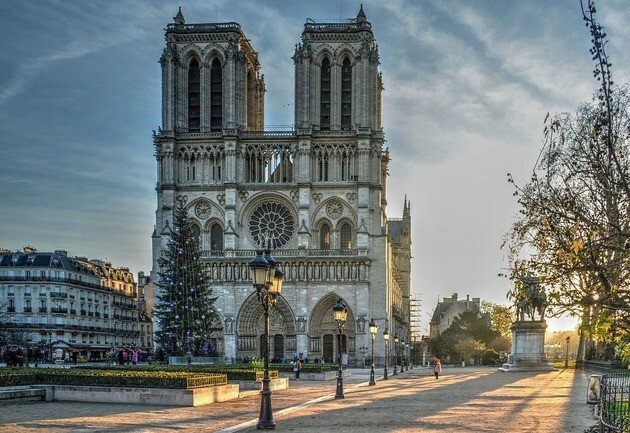
The cathedral was a center of reference in the Gothic, since it constituted the maximum offering to God and its purpose was to achieve spiritual and historical significance.
It was the result of the heyday of the cities, when the prosperity of the countryside allowed urban centers or boroughs to form.. The inhabitants of the boroughs, or bourgeois, paid taxes to the king, which meant greater wealth for him and a greater power of social investment.
The cathedrals were built with the participation of all sectors of society: civil authorities, clergy, donors (both noble and bourgeois) and artisan guilds, who for the first time in history received a salary.
For all this, the Gothic cathedral was at the same time a symbol of the alliance between the king and the bishop and a symbol of bourgeois pride. In addition to the cathedrals, they were also built churches, monasteries, palaces and different types of buildings with this style.
Light aesthetics
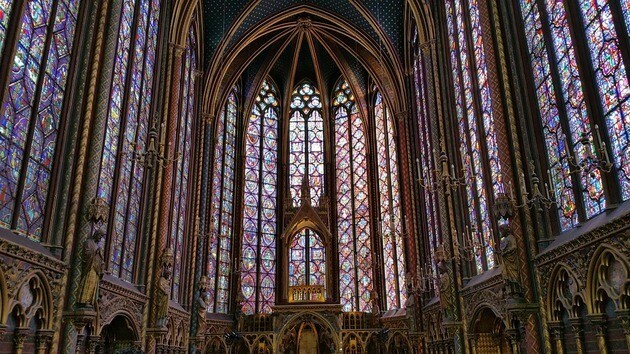
The Abbot Suger (1081-1151), who was an adviser to the Kings Louis VI and Louis VII of France, formulates the principles of the light aesthetics, foundation of all Gothic art. This he does from the reading of the writings of Pseudo Dionisio Areopagita (5th and 6th centuries AD). C.).
According to this current, light was conceived as a symbol of divinity, creator of all things. If the entire universe was divine creation, everything that inhabited it was a reflection of God's light. Consequently, the elements of life, spiritual or material, were revalued from a theocentric perspective.
For Abbot Suger, as well as for his contemporaries, aesthetic contemplation became a spiritual experience. This was undoubtedly a turning point in Western culture.
Art and artistic objects had to be an expression of divine light, which was symbolized by means of the brightness of materials and the use of bright colors.
New architectural techniques
Gothic art was also possible thanks to the development of architectural exploration, whose findings drove the new style and were interpreted from the aesthetics of light.
Rib vaults
The most important technique was the ribbed vault. It is a system of vaults that crosses two pointed or pointed arches.
This crossing generates a series of visible ribs in the structure that distributes the weight of the construction towards the pillars, now more stylized, and the external buttresses and buttresses.

Flying buttresses and buttresses
Also appear flying arches, which consist of a half exterior arch that receives the weight distributed by the ribbed vaults. In turn, the flying buttresses distribute the weight towards the buttresses. Thus, the walls that previously served to contain the weight of the building become unnecessary.
The buttresses were finished off with pinnacles, which fulfill a decorative function and, at the same time, symbolic, since they give the building greater height.
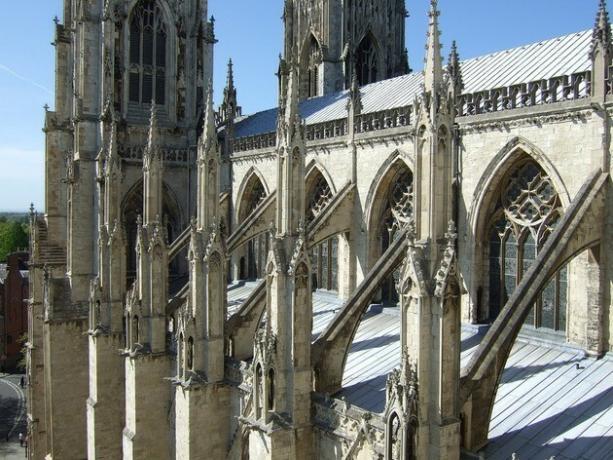
Stained glass and rose windows
Thanks to new architectural techniques, the massive walls were replaced by large windows where stained glass windows were made. The stained glass allowed the purposeful solar illumination of the interior of buildings for the first time in history. At the same time, they replaced the frescoes typical of Romanesque art.
Stained glass windows in the shape of pointed arches were used, as well as rose windows, which are circular openwork windows arranged radially.
The multi-colored stained glass windows provided absolutely new, dramatic and impressive lighting. The light inside the cathedrals was conceived as an element of divine contemplation.
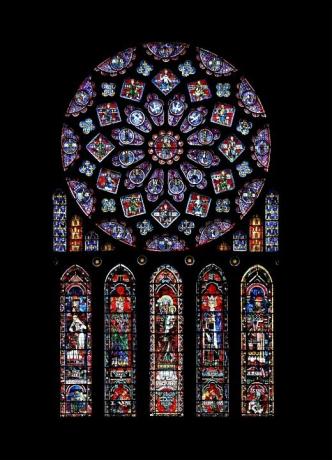
Didactic character of the figurative arts
Gothic art has a didactic character. His message is oriented to the celebration of the incarnate God and the union of God with his creatures, which became visible in the figurative arts, both sculpture What painting.
The facades of the Gothic cathedrals will still be conceived as stone books open to the passerby, full of sculptural reliefs, originally painted in bright colors.
In the case of interior decoration, the stained glass windows will be understood as a door to revelation, since their effects favor spiritual contemplation.
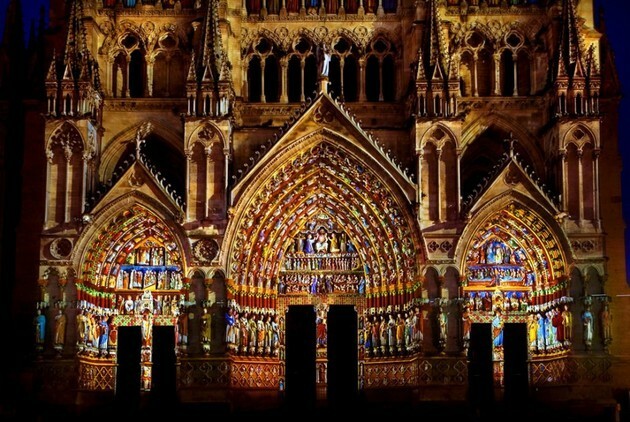
Theological humanism and tendency to naturalism in the figurative arts
The aesthetics of light is inextricably linked to theological humanism, a philosophical current of the late Middle Ages that revalued the dignity of the human being as a divine creation.
Gothic themes have an emotional and expressionist tendency. The symbolic elements typical of Romanesque art begin to give way to naturalism, which is gradually perfected by eliminating frontality. For example, the representation of the crucifixion will become increasingly sinuous and flexible.
The Gothic depicts the final judgment as the triumph of Christ, which has at the entrance as an allegory of the biblical phrase: "I am the door."
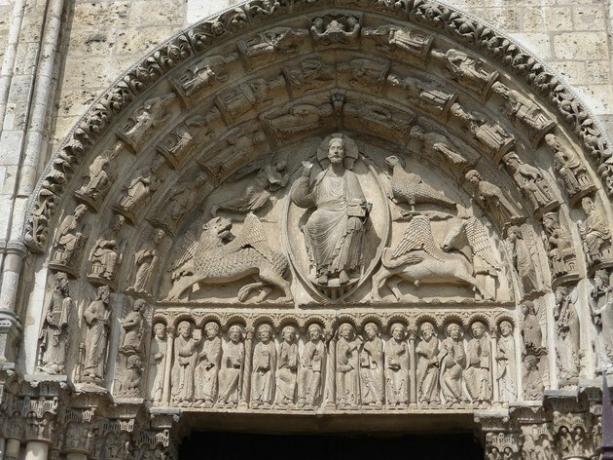
Tympanum on the main facade of Chartres.
Meanwhile, above the Psalms, the Book of Kings and the Apocalypse, typical of the Romanesque look, the Gothic emphasizes the Gospels. In addition, prophets, ancestors of Christ and his apostles appear in the figurative repertoire.
A curious fact is that in stained glass windows and other artistic objects, people also began to portray artisan and donor guilds that made its elaboration possible.
Affirmation of the Marian cult
Although it is true that the Marian cult is very old, during this period it reached its peak. Some authors attribute this to the fact that, during the crusades, women were left home alone under the influence of clergymen.
Women were gaining space, which favored them to educate their children in "courtly love", on the one hand, and, on the other, that they he extended and affirmed the veneration of the Virgin and Mary Magdalene, the only feminine referents of the Christian following in the New Will.
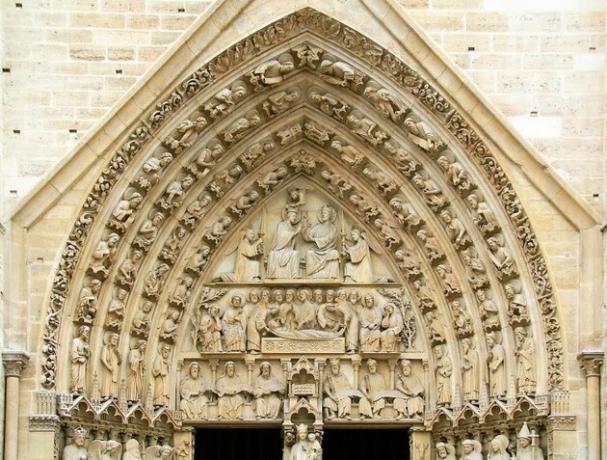
Consequently, Marian themes grew and a large part of the cathedrals received the name of some invocation of the Virgin Mary.
In this sense, the most widespread and revered themes were the annunciation, the childhood of the Virgin, the marriages of the Virgin and the Virgin in majesty, almost always with the Child Jesus in the lap.
See also Notre Dame de Paris cathedral.
Progressive independence of the figurative arts
The sculptural and pictorial pieces will gradually gain independence from architecture. Among those pieces there will be round bulge sculptures, painting on board Y miniatures or illuminations of medieval manuscripts.
To this will be added the art of liturgical objects (tabernacles, ciboriums, patenas, monstrances, etc.), made of metals and precious stones to give more light and beauty. All luxury is for God.

Cimabue: Crucifix, 390 x 433 cm, Museum of Santa Croce, Florence.
Most representative works of Gothic art
Basilica Saint-Denis, France

It is the first Gothic-style building, executed in Saint-Denis, Paris, France. The project was proposed and directed by Abbot Suger. It was built between 1140 and 1144.
Chartres Cathedral, France
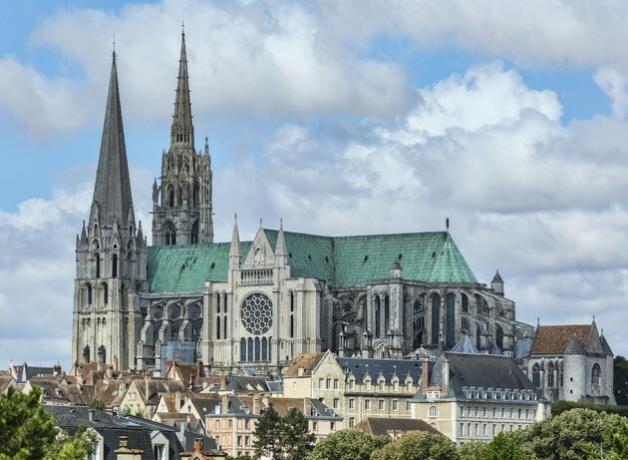
This cathedral, called the Cathedral of the Assumption of Our Lady, located in Chartres, France, was consecrated in the year 1260. It was a reconstruction from the remains of an old Romanesque church that suffered a fire that left only some of its elements. From there, a project was made that would transform his style towards the new Gothic trend.
Sainte-Chapelle, France

Sainte-Chapelle is one of the most emblematic works of French Gothic. It is also known as the royal chapel of the Île de la Cité, and it is located in Paris. Its construction began in 1241 and ended in 1248, a unique phenomenon in the architecture of this style. It was consecrated to house the relics that King Saint Louis of France kept.
Cologne Cathedral, Germany

It receives the name of Cathedral of San Pedro. Its construction began in 1248 and ended only at the end of the 19th century, specifically in 1880.
Burgos Cathedral, Spain
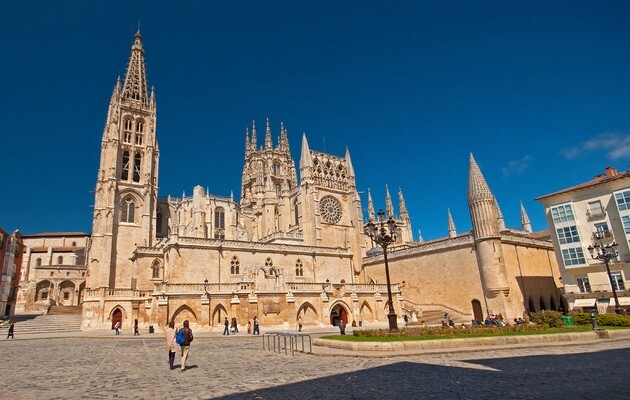
Burgos Cathedral is called Santa Iglesia Catedral Basilica Metropolitana de Santa María. Its construction began in 1221. It was inspired by the French Gothic style, but over the centuries it has undergone different reforms. The last was in the 18th century.
Milan Cathedral, Italy

This cathedral is also known as the Duomo of Milano. It is consecrated to the Nativity of the Blessed Virgin Mary. Its construction began late with respect to the origin of the French Gothic, as it barely began in 1386. It involved one of the longest construction processes, as it was only completed in 1965.
Batalla Monastery, Portugal
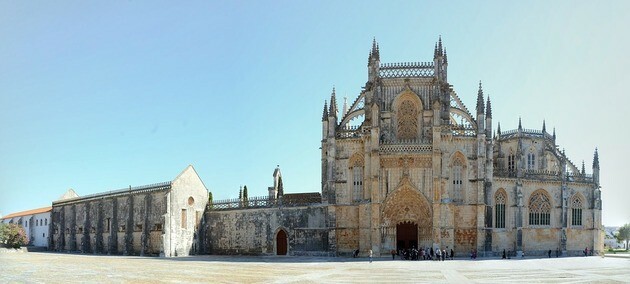
Its name is actually the Convent of Santa Maria da Vitória, but it is popularly known as the Batalla Monastery or Batalha Monastery. It is part of the late Gothic works, but it demarcated a Gothic style typical of Portugal called manueline gothic. Its construction began in 1386 and ended in 1517. One section was left incomplete. This section today receives the name of "imperfect chapels".
The mysterious origin of the term "gothic"
There are two theories about the origin of the word "gothic". The first refers to the fact that the term was used pejoratively to designate the typeface that emerged at the end of the 11th century in the kingdom. Anglo-Norman in France, as a consequence of the increase in the number of scribes and the need for greater fluency for more speed.
The second holds that the term "Gothic" was used by the Renaissance to refer to the art of the Middle Ages of Gothic origin, which they considered inferior and barbarian.

